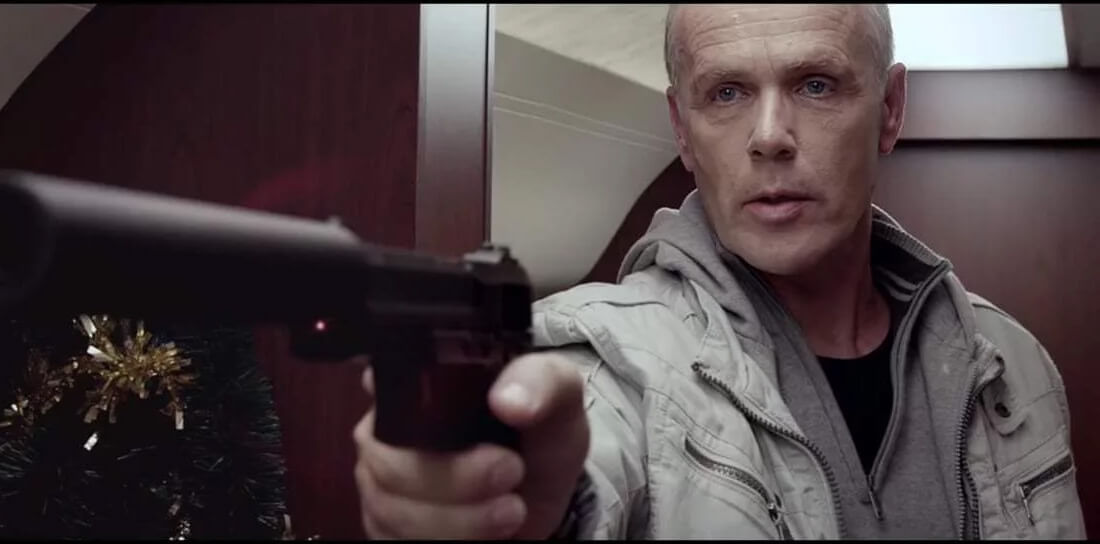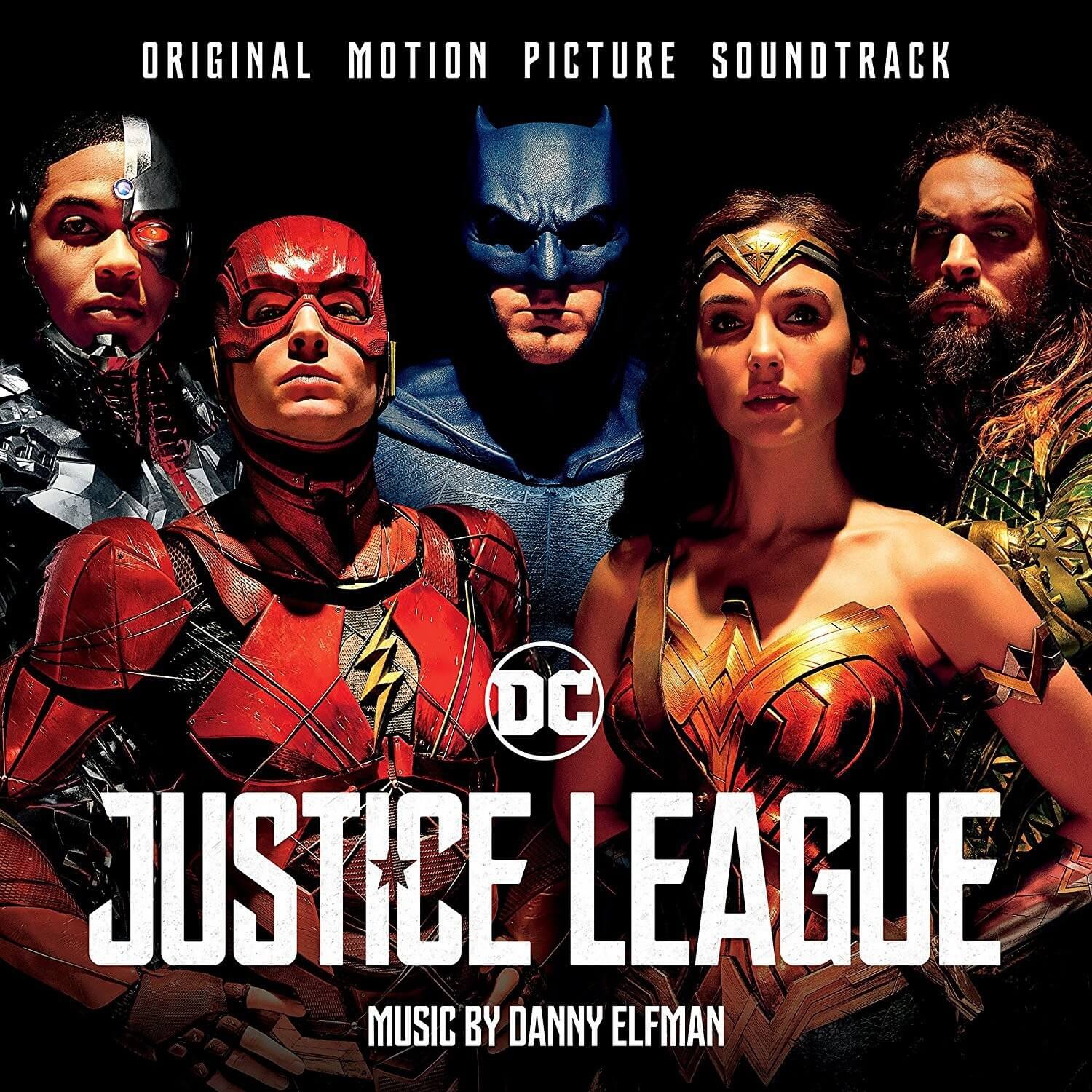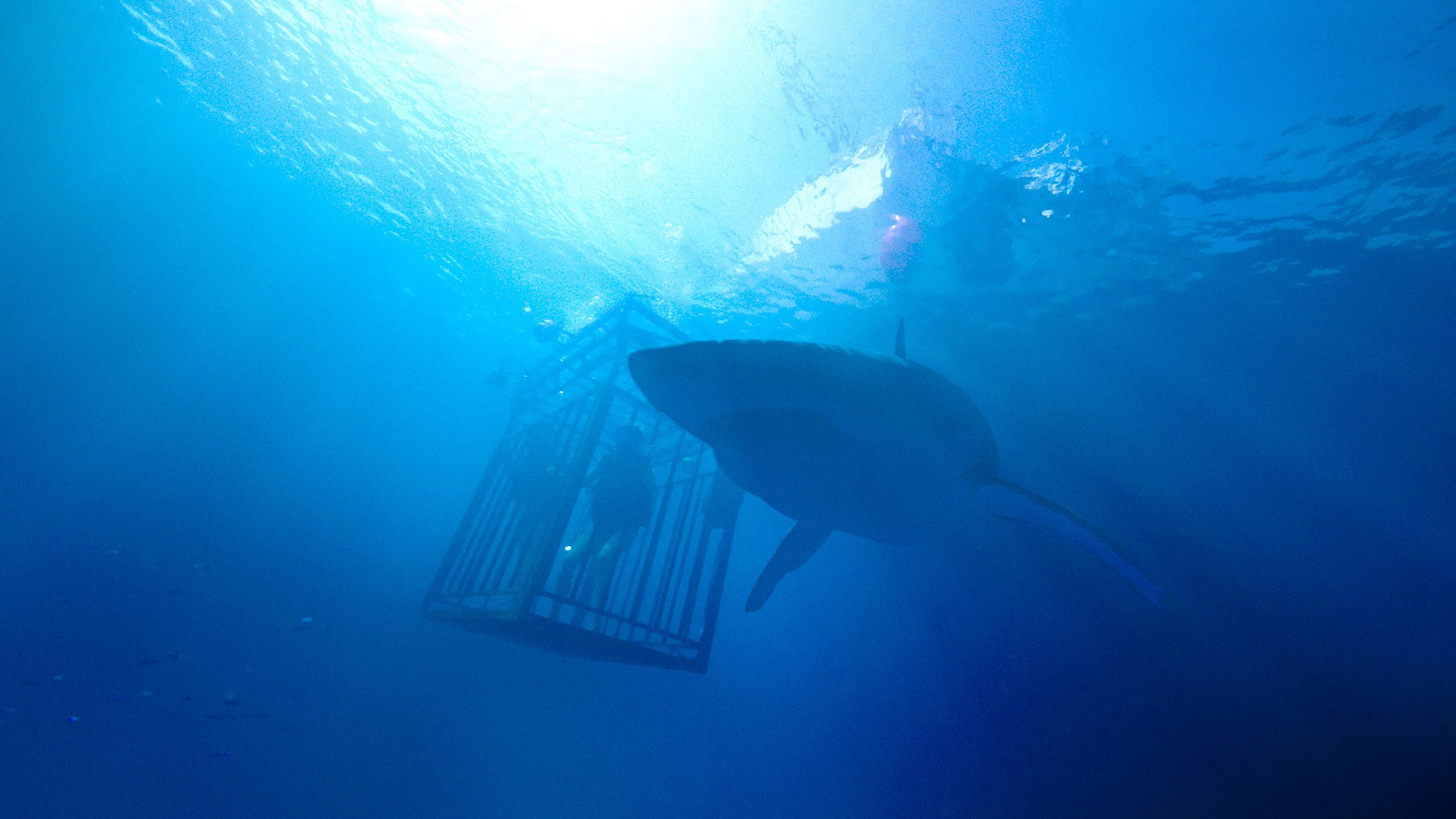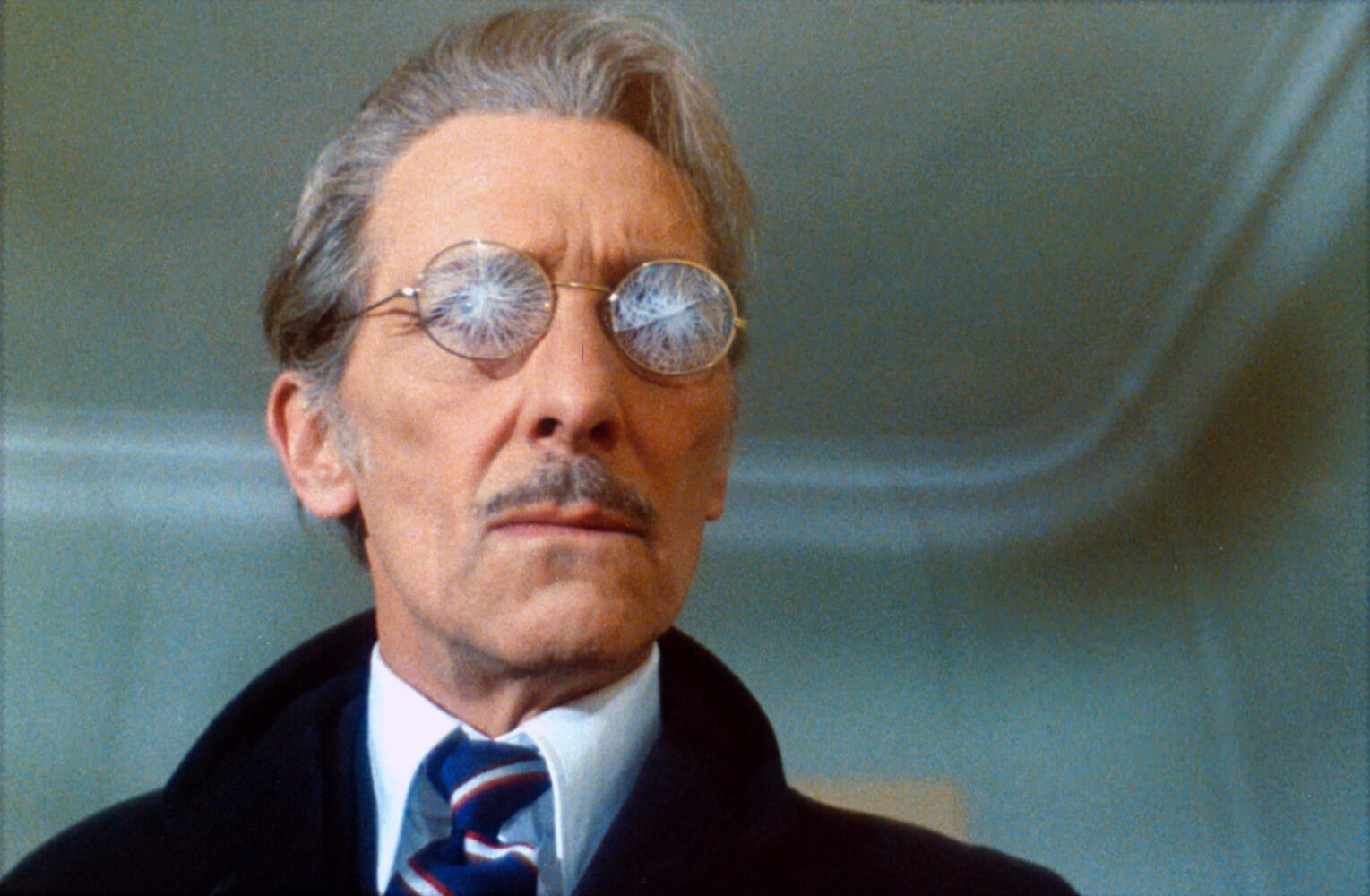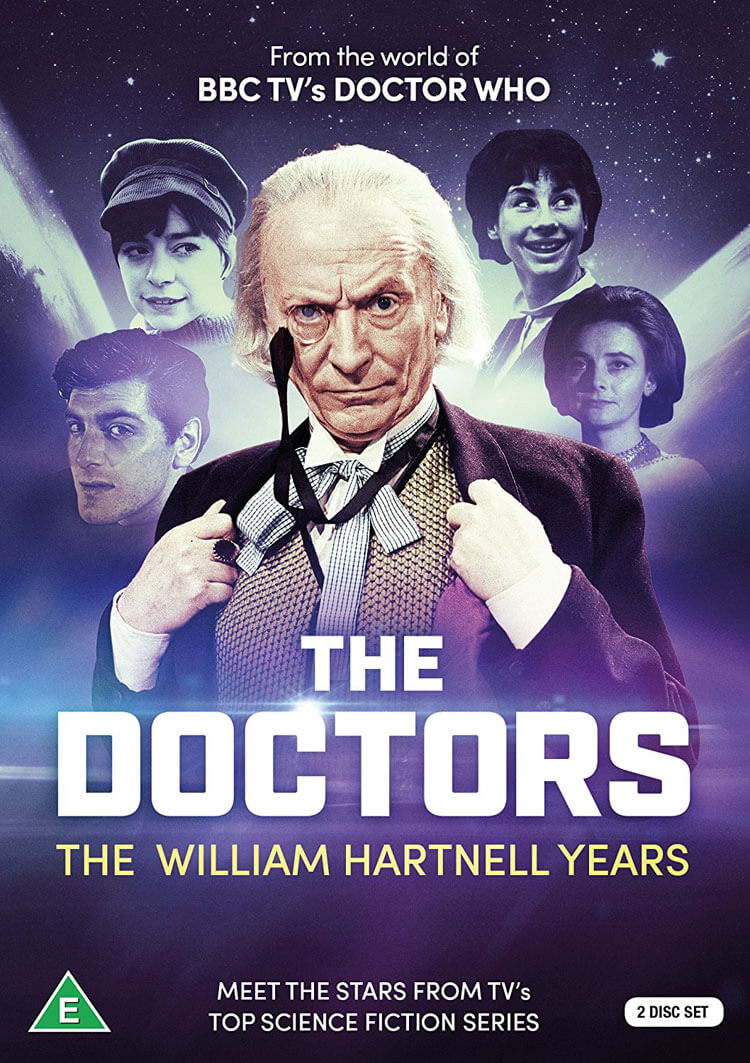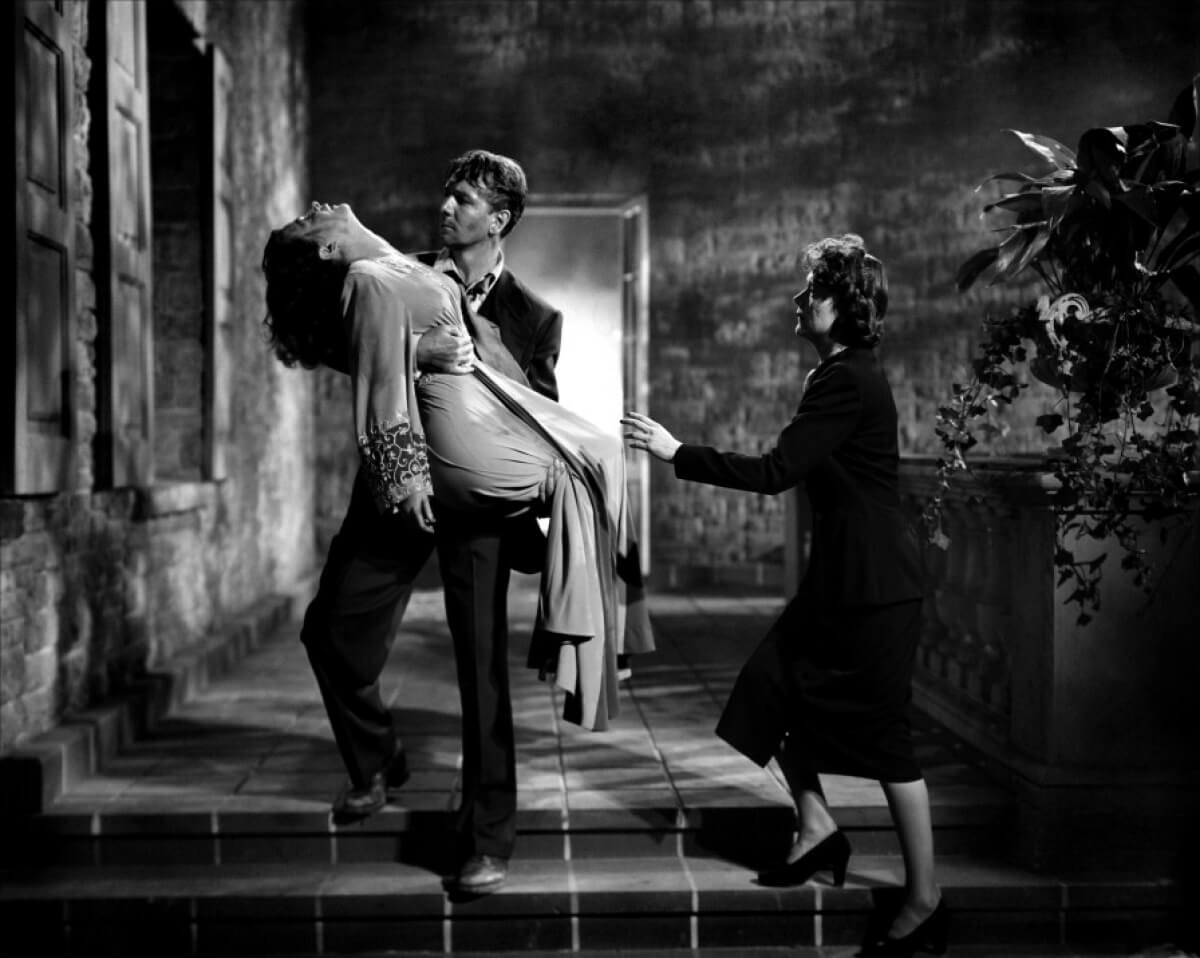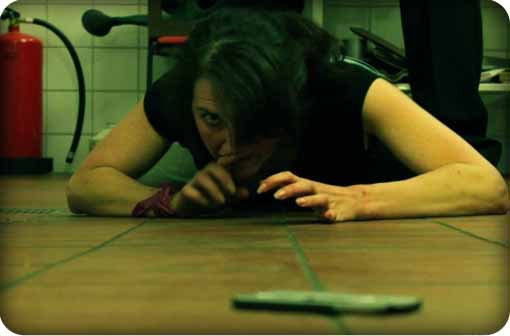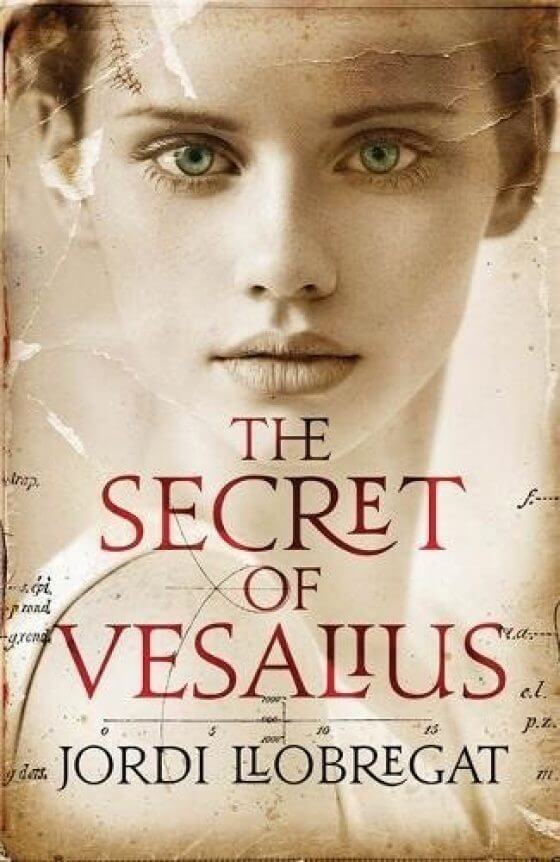For the first time since 1992’s Batman Returns, composer Danny Elfman returns to score a DC universe film, with his music for Justice League. In the meantime, the former Oingo Boingo leader has done a lot of work, including quite a bit on Marvel-related films such as Ang Lee’s Hulk, the first two Sam Raimi Spider-Man films, and The Avengers: Age of Ulton score in conjunction with Brian Tyler. They’ve all been pretty good, but given that Elfman wrote the definitive Batman theme in 1989, the excitement regarding his return to DC has been palpable – especially given the prominence of the Dark Knight in Justice League.
The results are mixed. The Justice League Theme interpolates aspects of Elfman’s classic Batman theme, and works well as an introduction to the film. All of the Batman-related tracks, actually, call back to some variation on the strings and low brass that defined the composer’s work for the Tim Burton Batman films, and it provides an excellent sense of sonic definition to the character.
While the DC superhero films have overall floundered in comparison to the Marvel Cinematic Universe, the one place where they’ve outshined their competition has been in regards to the fact that the company has created definite themes for all of their characters, and really made certain to use them in rousing, exciting ways.
A case in point: Wonder Woman Rescue uses a very small part of Is She With You?, the amazing theme Hans Zimmer and Junkie XL composed for Wonder Woman as part of their score to Batman v Superman: Dawn of Justice, but it’s so low in the mix as to render it nearly subliminal. Friends and Foes uses a minor-key, ‘dark’ version of John Williams’ iconic Superman theme, and it’s excellent, as well.
Unfortunately, Elfman’s score really doesn’t hit quite as big as one would hope. The inclusion of the Batman, Superman, and Wonder Woman score elements reference scores which were absolutely epic, and despite any complaints one might’ve had regarding Batman v Superman, the Zimmer/Junkie XL score was absolutely thrilling. Elfman hits the right dark tone, mirroring the uphill battle the Justice League has going for them, but it’s never quite big enough.
All of the major pieces: The Story of Steppenwolf, which is the theme for Justice League’s villain, mirrors the path of Enter Cyborg and Aquaman in Atlantis, in that in begins impressively and then peters out halfway through. The Spark of the Flash does manage to create a solid build to something, but never exactly nails the aspect of speed. There’s a sweet little fast bit of violin near the end, but Blake Neely’s theme for The Flash TV show, with its double kick drum, blows it out the water overall.
The battle scenes’ themes turn out the best, overall. The Tunnel Fight was the first piece of music which drew attention enough to look at the track’s title, in order to make sure to give it some repeated plays immediately. It builds well, hits a lot of dynamic notes, and has an ebbs and flow to it that grabs the listener in a way which isn’t predicated on nostalgia. The same goes for The Final Battle, which plays out in a similar manner, although The Tunnel Fight is a much sharper, tense piece, whereas “The Final Battle” is a brass-laden, all-out number, as befitting its title.
The complete score is enhanced with bonus versions of The Tunnel Fight and The Final Battle, clocking in at nearly 11 and 13 minutes, respectively, almost doubling their original lengths. The original versions are tighter, obviously, but the full-length pieces do manage to create some excellent heroic imagery over the course of their rather epic lengths. Mother Russia, another bonus track, comes close to stealing the show, utilizing wordless chorus and big brass swells to create an atmosphere of dread-inducing strength.
In addition to Elfman’s score, the soundtrack to Justice League also features three pop songs. It begins with a cover of Leonard Cohen’s 1988 song, Everybody Knows, which has been covered for film and television in the past – most notably by Concrete Blonde for 1990’s Pump Up the Volume. The version by Norway’s Sigrid continues the overwrought pomposity that has come to dominate the DC universe scores, using production which seems to utilise the Inception blaring horn as a major technique. It’s far too optimistic, and while the lyrical content hits home fairly well, the sound of the song is a complete misstep for the pessimistic tone so ably conveyed by both Cohen’s original and the superior Concrete Blonde cover.
The same production technique is applied to guitarist Gary Clark Jr.’s take on the Beatles’ Come Together, wherein it seems like everything has been thrust into overdrive. Clark’s guitar playing has always been impressive, but his songwriting has been lackluster, at best. His major label debut, Blak and Blu, was astonishing guitar work paired with mediocre bar-band blues, and it’s always seemed as if his playing would’ve benefited from someone else’s lyrics. Here, he manages to dispel even that notion, rendering the Beatles’ classic into a White Stripes knockoff.
The knockoff aspect is really driven home by the final cut from the film, The White Stripes’ 2007 song Icky Thump, which manages to hit home in a way that neither of the other two tracks do: it’s powerful, without being overblown, and the song’s verse of “Who’s usin’ who?/What should we do?/Well, you can’t be a pimp/And a prostitute too” tie in well with the film’s interwoven team dynamic.
Overall, Justice League’s soundtrack is a solid piece of work, but never quite rising to the level of power that listeners have come to expect from the recent DC films. For those with an ear to nostalgia, there are some decent elements here, but knowing the work which has preceded it only hampers one’s overall appreciation.
JUSTICE LEAGUE / COMPOSER: DANNY ELFMAN / LABEL: WATER TOWER MUSIC / RELEASE DATE: OUT NOW

